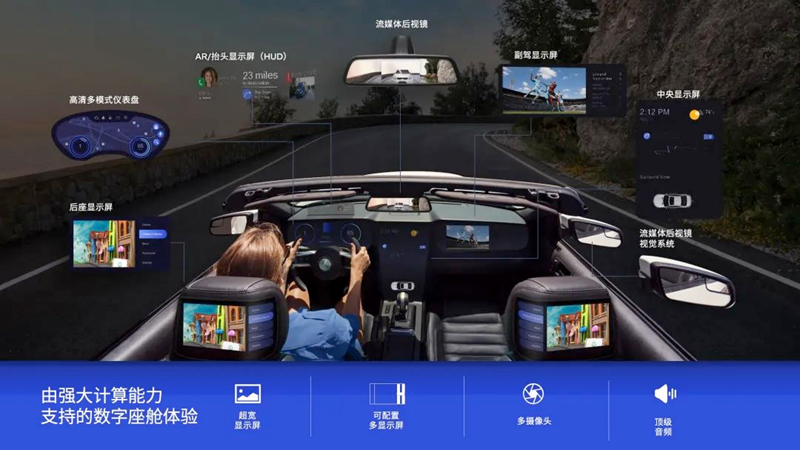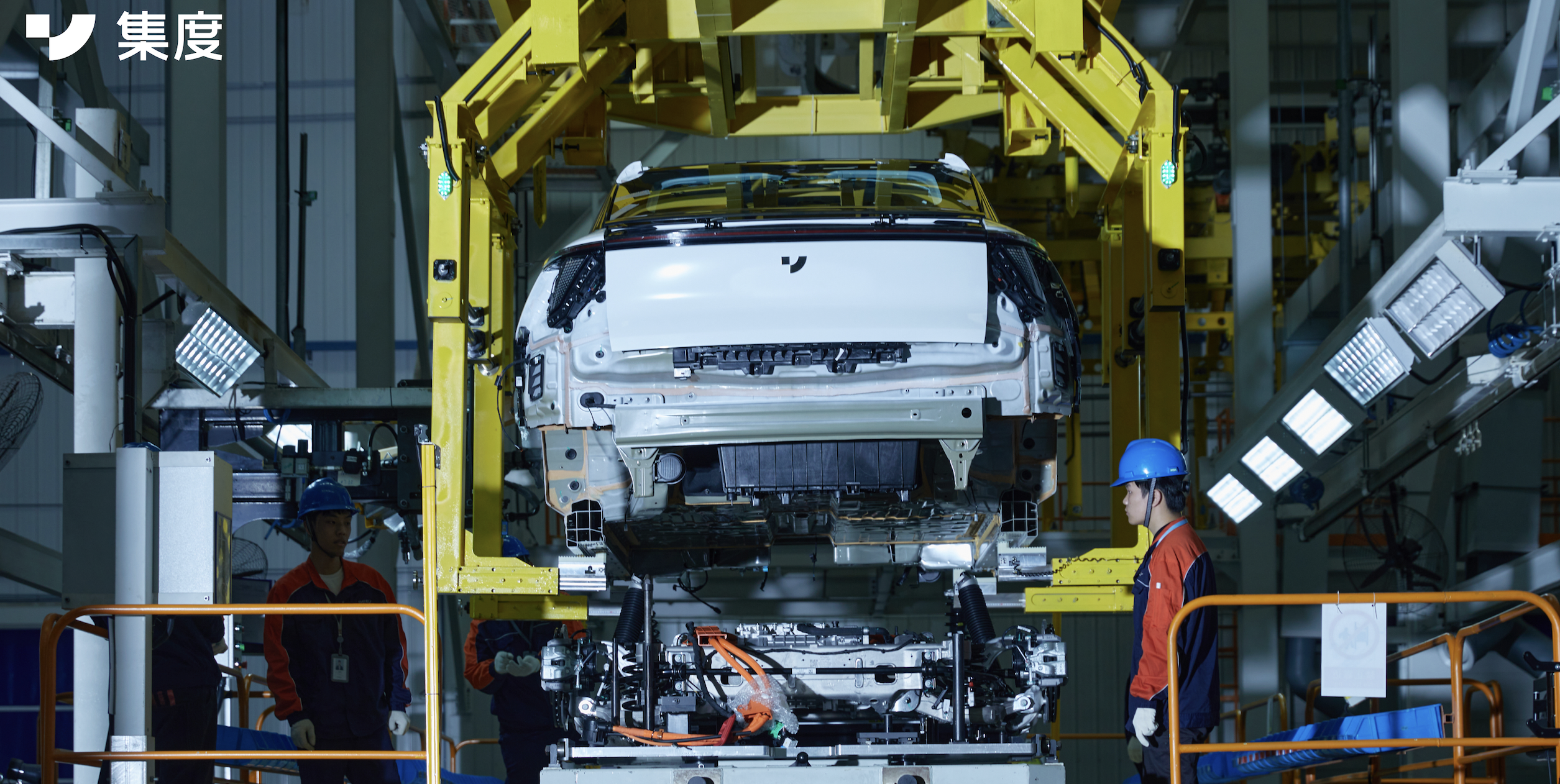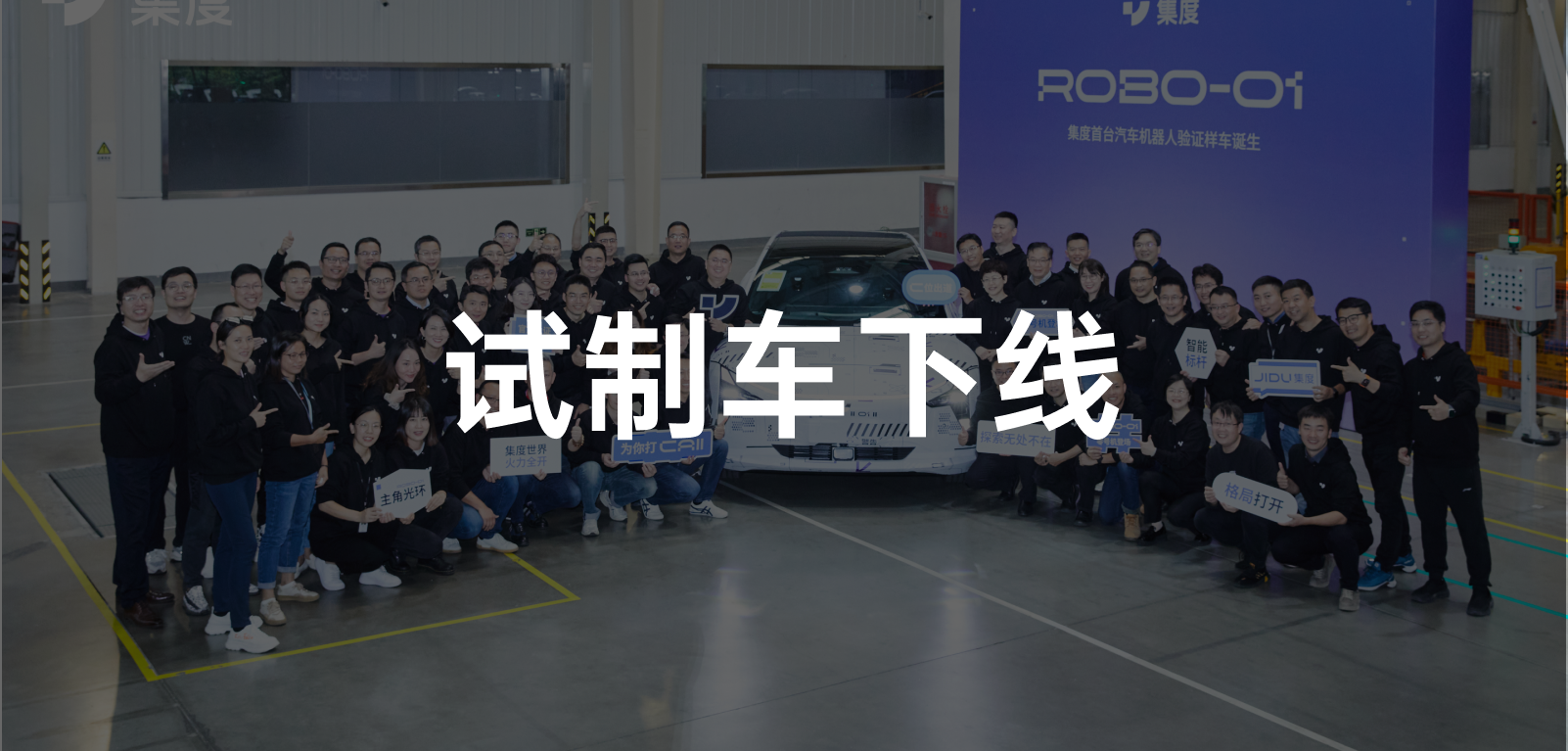It has been less than 600 days since Jidu’s establishment, and two major events have occurred.
Firstly, the first validation prototype has been officially completed and rolled off the production line at Geely Automotive Research Institute’s production center. Simultaneously, Jidu’s advanced intelligent driving software development has successfully carried out testing at the beginning of this month.
These two events respectively represent Jidu’s progress in engineering and intelligent driving software development in less than 600 days. How capable is the hardware and software that has been built in under two years? And how did Jidu manage to accomplish so much in such a short period of time? Is there still an opportunity for Jidu to deliver in 2023?
To answer these questions, we cannot avoid discussing the product itself. Therefore, we can start by summarizing how Jidu’s first vehicle, ROBO-01, is as an actual product.
Is ROBO-01 Attractive Enough?

In June of this year, Jidu unveiled its first automotive robot concept car, ROBO-01, at the Roboday brand event in Metaverse Xiruo. Apart from the overall design language, the concept car also has many highlights, such as an integrated large screen, AI pixel lights, lifting laser radar, scissor doors, and more.

As ROBO-01’s VP car rolls off the production line, many details have also been revealed. For example, the laser radar was finally not placed on the front hood, and the most likely location is at the front headlight assembly; the car door does not adopt a gullwing-style, but there is no opening reserved, and even if it is electronically opened, it may be designed on the B-pillar; in addition, the Yoke steering wheel that can be extended and retracted on the concept car has been preserved in its appearance, but the production car cannot achieve extension and retraction.
It is worth mentioning that Xia Yiping also emphasized that the ROBO-01 mass-produced car has canceled the wiper and turn signal lever. These two functions are integrated into the steering wheel and screen. However, ROBO-01 will not cancel all physical buttons. Therefore, the Jidu ROBO-01 is likely to be the first autonomous brand model to adopt the Yoke steering wheel. The biggest advantage of the Yoke steering wheel is that it can make the driver’s view wider, especially ROBO-01 is equipped with an integrated screen, and its position just passes through the top of the center console. If a traditional circular steering wheel is used, it will affect the driver’s ability to read the screen content to some extent.
However, the premise of using a Yoke steering wheel is that the calibration of the vehicle’s directional orientation must be precise enough to ensure that the driver does not need to take their hands off the steering wheel or cross their hands when turning in most situations. Xia Yiping said that in order to let users have a better experience, they simulated many “turning” actions and constantly improved the engineering samples. At the same time, Xia Yiping said that this steering wheel will definitely change your usage habits after prolonged use.
In addition, Xia Yiping also said that the engineering team has invested a lot of effort into making this integrated Dalian screen. Currently, it is not rare for mass-produced cars to use a connected screen, but most models are not truly integrated screens. For example, the connected screens of Mercedes-Benz and LeSEE R7 are segmented in terms of display, and there is only one continuous glass surface on the surface. The integrated screen of the Jidu ROBO-01 is uninterrupted. Of course, in addition to its basic quality, the driving chip behind the screen interaction experience is also crucial. And the hardware chip is just one of Xia Yiping’s most confident areas.
How does the cockpit/autonomous driving ability perform?When asked whether it is too late to deliver the first model in 2023, Xia Yiping answered that there will be two crucial chips for the industry’s development in 2022 and 2023, namely Orin-X and 8295. To some extent, 8295 enhances the ability of natural communication. Many large-scale AI algorithms used to run on the cloud without the capability of running locally. However, 8295 has this capability. Only with the 8295 chip, they(Jidu)integrated the cloud-based speech model processing algorithms from the remote to the local.

The foundation determines the architecture. To achieve more powerful functions and better user experience, the ability of the chip is essential. Here, let’s take a look at the improvements of 8295 compared with 8155.
8295 adopts a 5nm process technology, with an NPU computing power of 30 TOPS, nearly eight times higher than that of 8155, and a GPU computing power of 3,100 GFLOPS, an increase of nearly 200% compared with 8155.

The biggest advantage of larger computing power is to drive more interactive screens, and also to provide rich graphics, images, and multimedia support to make instrument panels, central control or AR-HUD displays smoother and clearer. Qualcomm Snapdragon 8295 can support the fusion of multiple ECUs and domains, and can synchronously process multi-screen scene requirements such as instrument panel, cockpit screen, AR-HUD, rear-seat display screen, and electronic rearview mirrors.## Hardware and Timing
The hardware is powerful enough, and Xia Yiping’s words have another layer of meaning, which is timing. Most of the second-generation models of the new forces in the head were released and delivered this year, and Jidu happened to catch up with the timing of mass production of 8295. This is the main reason why Xia Yiping acknowledged that the first car came late but was not afraid of competition.

Intelligent Driving
As for intelligent driving, two concepts are mentioned here, one is the SIMUCar parallel R&D strategy, and the other is Apollo ANP.
The so-called SIMUCar refers to software-simulated sample cars. To accelerate the development of intelligent driving software, Jidu completely decouples the intelligent driving software and hardware. Jidu ROBO-01 has not yet been taken offline, but intelligent driving can already run on the road.
In addition, Jidu will completely undertake Baidu’s many years of research and development achievements in intelligent driving, which is the Baidu Apollo. The development of intelligent driving places great emphasis on “actual test mileage,” and only data can feed powerful systems. Baidu Apollo’s Robotaxi is currently the company with the most actual road test mileage.

Jidu Motors also publicly released a long video of the actual road test of ROBO-01 for the first time. The combination that “validates” the current stage of intelligent driving ability is CEO Xia Yiping. The person sitting in the main driving position to demonstrate the R&D progress is the person in charge of Jidu’s intelligent driving, Wang Weibao. This team also reminds me of the scene where Dr. Wu Xinzhou, Vice President of XPeng Intelligent Driving, “reported” work to CEO He XPeng not long ago.
Although we have not seen a one-shot full-range road test of the road, classic urban scenes such as turning without protection, recognizing traffic lights, and making decisions based on signals are all covered. From a functional point of view, this system has achieved a good degree of completion, but the ability and user experience still need to be judged after experiencing the actual car.
But it must be said that Jidu runs fast in terms of intelligent driving.
I believe that by now, you should have a rough understanding of Jidu ROBO-01’s capabilities. In terms of appearance design, the mass-produced version of ROBO-01 has been modified while striving to retain the concept car’s styling, some for balancing style and practicality, and some to meet regulatory requirements. But overall, its styling is still avant-garde enough. In terms of intelligence, it has dual Orin-X, 8295, dual lidars, 360° surround perception, and so on. Therefore, whether you are willing to foot the bill for it or not, at least it is worth looking forward to.
Intelligent software and hardware development in sync with the whole car
In addition, a problem mentioned earlier is no longer difficult to solve, namely, in the context of software and hardware collaborative development, there are indeed no situations where teams or projects are in conflict. Of course, in addition to software and hardware, there is another very important point, which is the maturity of the trial production line of the vehicle at this stage.
 We all know that the Jidu ROBO-01 is developed from the same source as the Geely SEA Architecture, and the stamping, welding, painting, and final assembly of the Jidu ROBO-01 are all carried out at Hangzhou Bay Geely Automotive Research Institute’s trial production center. Regarding the standards for prototype vehicles, the relevant person in charge stated that their trial production center was built according to Volvo standards and technical planning.
We all know that the Jidu ROBO-01 is developed from the same source as the Geely SEA Architecture, and the stamping, welding, painting, and final assembly of the Jidu ROBO-01 are all carried out at Hangzhou Bay Geely Automotive Research Institute’s trial production center. Regarding the standards for prototype vehicles, the relevant person in charge stated that their trial production center was built according to Volvo standards and technical planning.
Conclusion
The competition in the market faced by the Jidu ROBO-01, which will be launched in 2023, is very fierce. Just from this year, the competition for mid-size pure electric SUVs is already fierce enough.

In Xia Yiping’s opinion, Jidu’s entry is not late, because before ROBO-01, few could achieve mature and powerful intelligent driving upon the launch of their first car. He even stated that Jidu’s intelligent driving capability will reach nearly L4/L5, and nobody in the industry has used 8295. In his view, Jidu will be able to achieve more powerful cabin interaction.
Of course, whether it is late or not is determined by product performance, and the only standard for measuring product market performance is whether users are willing to support it with real money.
Three days later, the ROBO-01 lunar edition will be launched, and we look forward to what surprises the limited edition ROBO-01 will bring us.
This article is a translation by ChatGPT of a Chinese report from 42HOW. If you have any questions about it, please email bd@42how.com.
